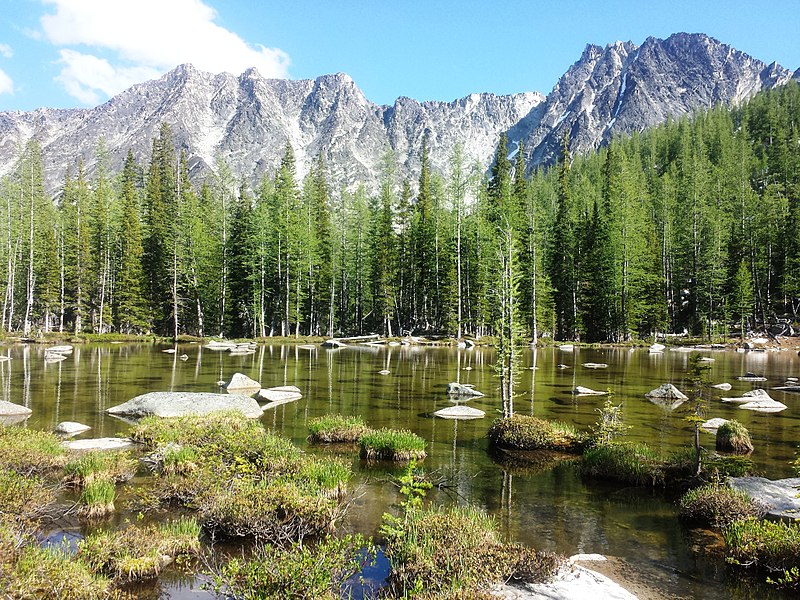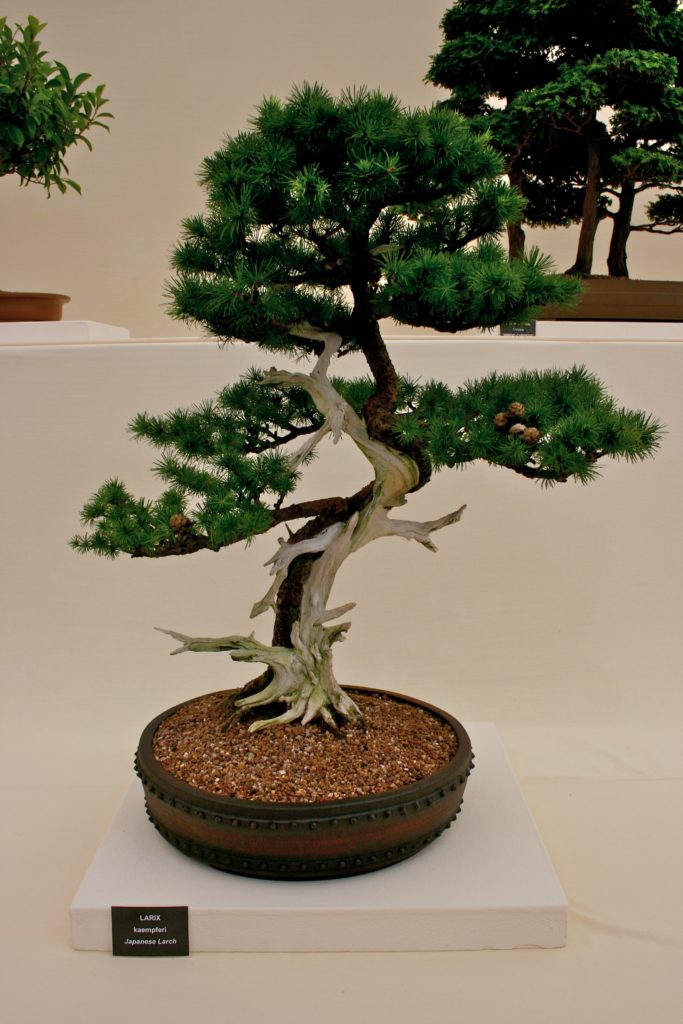Larch a Conifer for Bonsai or Forests

There are two common species of larch Larix kaempferi (aka leptolepis the Japanese Larch) and European Larch Larix decidua. As the name implies the Larch looses their tufted leaves in autumn. They grow in most conditions but do not like wet or chalky soil
European larch is a large tree up to 100 feet tall. It is conical in shape when young. It has a tendency to lose its lower branches. The drooping branches display a greyish colour. The European larch has longer needles than other Larches.
The Japanese larch has shoots of reddish brown. It has a rosette of neat shorter needles. It is a very hardy species grown in forests for timber.
Other Larch species include Siberian larch Larix sibirica and the Russian larch, Larix potaninii is a species found in China and Nepal. Larix principis-rupprechtii, the Prince Rupprecht’s larch is also from china
Read our Root and Branch review of the Common Larch
Bonsai with Larch
- The larch is a popular outdoor Bonsai species. Particularly the Japanese Larch Larix kaempferi.
- The trunks grow thickly and relatively quickly. Uncharacteristic shapes can be pruned in.
- The trees displays seasonal colours bright green in spring then foliage darkens during summer and turns golden yellow before falling in autumn.
- Do not be concerned if some exposed roots peek out from the soil.
- More information from south devon bonsai society.
- Foliage darkens during summer and in autumn turns bright gold.

- A forest of subalpine larch (Larix lyallii) surround this tarn Raven Ridge 2618 meters (8590 feet) overlooks the scene. www.summitpost.org/raven-ridge/916382 Elevation 2250 meters (7380 feet) Large tarn near Libby Lake Trail 415 IMG_20150620_165903 Lake Chelan-Sawtooth Wilderness
- Subalpine Larch (Larix lyallii) fall foliage and cone. Mountain Hemlock and Subalpine Fir are behind.
- Tatton Flower Show 2008: bonsai of a Japanese larch, Larix Kaempferi
Â
